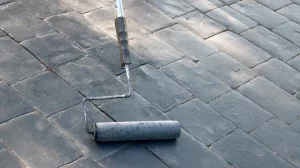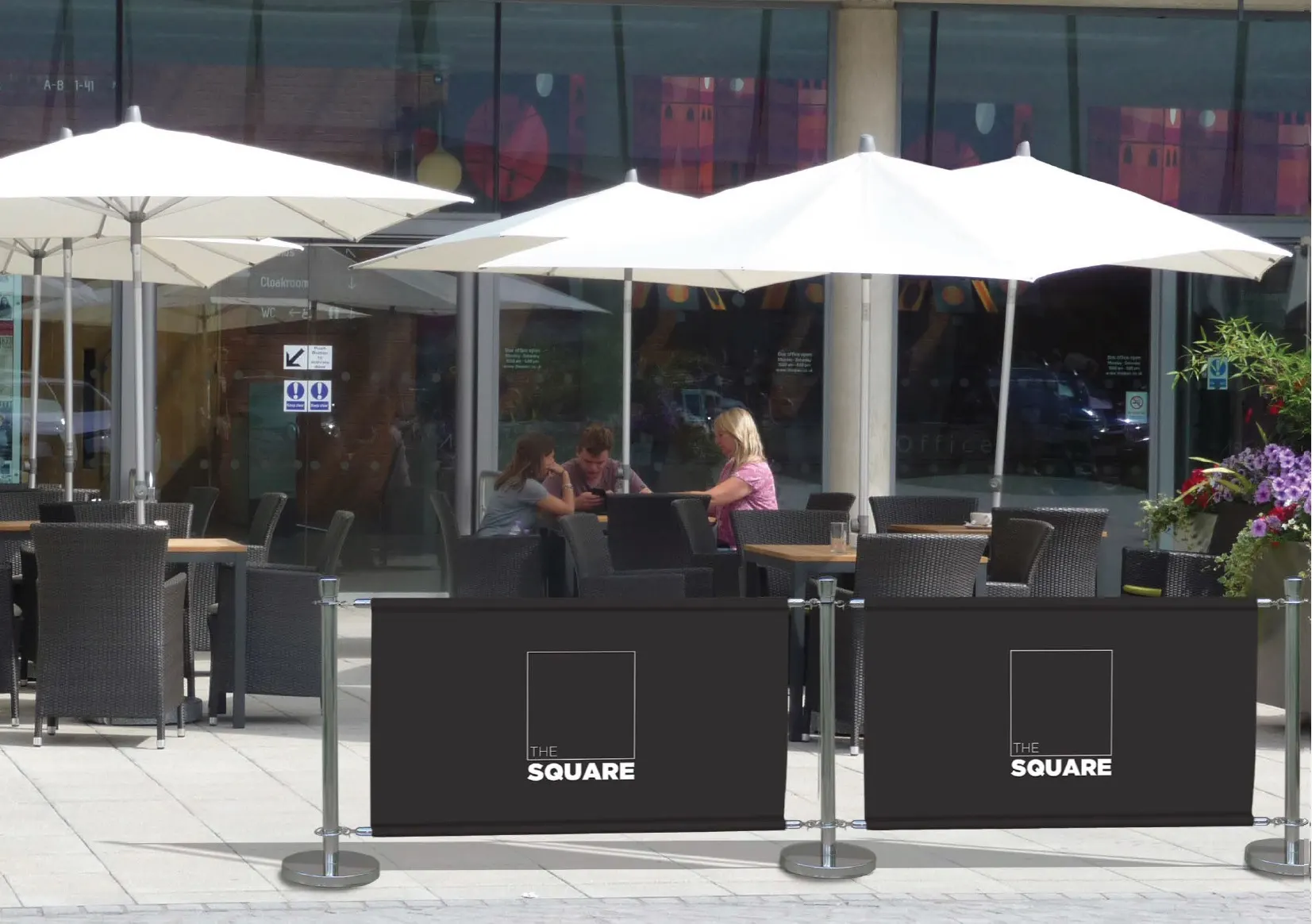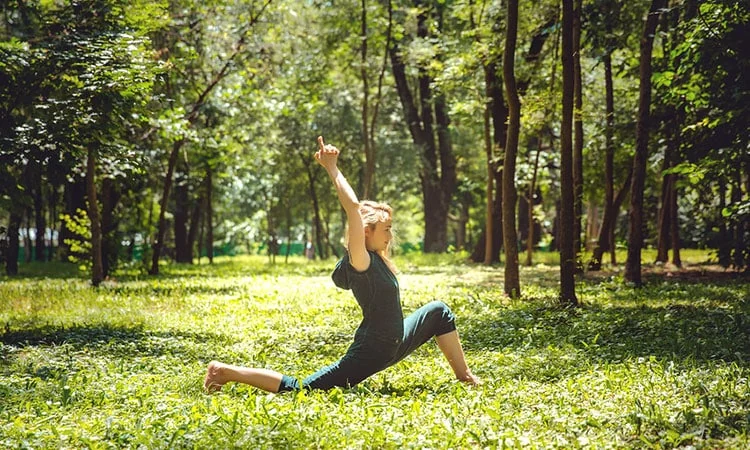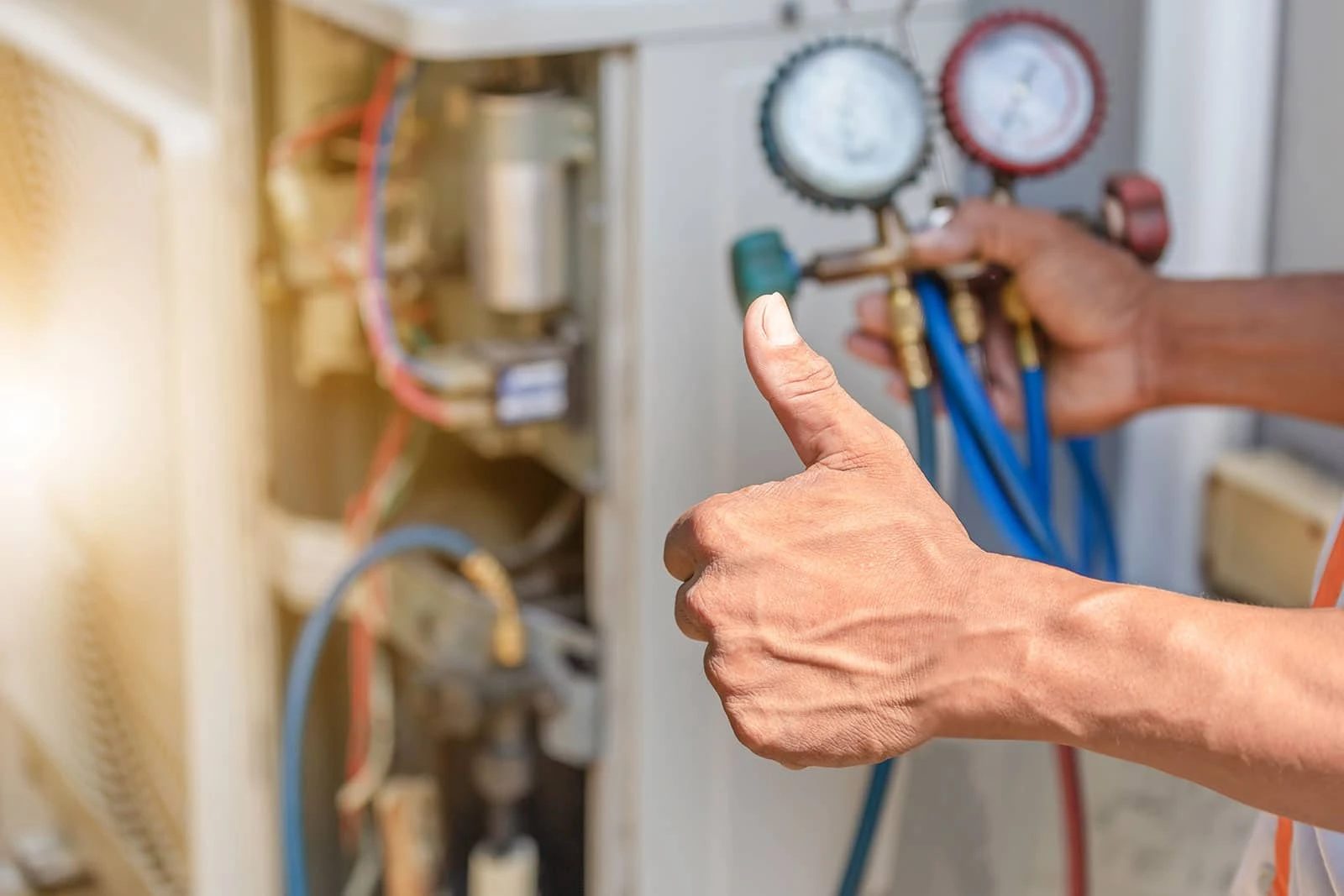In landscape upkeep, the paver sealing process explained involves using advanced techniques to enhance the durability and appearance of paved areas. This process ensures an even spread of sealant, reduces waste, and minimizes environmental impact. The use of smart technology in paver sealing introduces unmatched precision, making the job more efficient than traditional methods. Understanding the mechanics of this process helps homeowners appreciate the value of modern tools and techniques, which outdo older, less accurate approaches. These advancements not only improve the finish but also extend the lifespan of paved surfaces.
Key Takeaways
- Modern sealing technologies ensure deep penetration and precise coverage, enhancing the effectiveness of paver protection.
- The sealing process includes cleaning, drying, and applying the sealant uniformly using advanced tools.
- Sealed pavers offer enhanced color vibrancy, stain resistance, and reduced weed growth, maintaining aesthetic appeal.
- Regular maintenance like sweeping and gentle washing extends the sealant’s life and the pavers’ appearance.
- Community forums and online resources provide valuable tips and support for effective paver sealing and upkeep.
Importance of Paver Sealing
Sealing pavers is a crucial step in preserving their appearance and longevity. By applying a quality sealant, you protect the porous materials from stains, weather damage, and fading. This maintenance routine not only enhances durability but also maintains the vibrant look of your landscape. Join others who value their outdoor investment by adopting this essential practice in the paver sealing process explained.
Technology in Paver Sealing
As the importance of paver sealing gains recognition, advancements in technology have greatly enhanced the application and effectiveness of sealants. Modern tools enable precise coverage and deeper penetration, ensuring long-lasting protection and aesthetics. Embrace these innovations to maintain your investment and join a community committed to preserving the beauty and functionality of outdoor spaces through the paver sealing process explained.
Steps of the Sealing Process
To initiate the paver sealing process, the first critical step involves thoroughly cleaning the surface. This includes removing debris, stains, and any existing sealant using specialized cleaning solutions and high-pressure washing. Next, guarantee the pavers are completely dry. Apply the sealant evenly with a sprayer or roller, taking care to cover all areas. This method not only enhances durability but also enriches the color and texture of your outdoor pavers.

Maintenance After Sealing
Proper maintenance is essential after the paver sealing process to guarantee the longevity and aesthetic appeal of your outdoor surfaces. Regularly sweep and wash the pavers to remove debris and stains. Avoid using harsh chemicals that can degrade the sealant. Promptly repair any cracks or chips to prevent water infiltration. Joining community forums can provide additional tips and foster a sense of shared commitment to meticulous upkeep.
Benefits of Regular Sealing
Regular sealing of pavers is a critical step in preserving their appearance and durability. By adopting this practice, you can enjoy multiple long-term benefits:
- Enhanced Color Vibrancy: Maintains the original luster and hue.
- Stain Resistance: Minimizes discoloration from spills and weather.
- Weed Prevention: Reduces weed growth between joints.
- Structural Integrity: Helps prevent paver shifting and cracking.
- Longevity: Extends the lifespan of your paving investment.
Frequently Asked Questions
Can Paver Sealing Extend the Color Life of My Pavers?
Yes, paver sealing can greatly extend the color life of your pavers by providing a protective barrier against UV rays and weather elements, thereby maintaining their vibrancy and reducing fading over time.
Is Paver Sealing Environmentally Friendly?
Paver sealing can be environmentally friendly, depending on the products used. Sealants with low volatile organic compounds (VOCs) minimize environmental impact, making them a preferable choice for those seeking eco-friendly home improvement options.
How Long Does It Take for Sealed Pavers to Dry?
The drying time for sealed pavers typically ranges from 24 to 48 hours, depending on weather conditions and the type of sealant used. Guarantee the area remains free from traffic during this period.
Will Sealed Pavers Be Slippery in Wet Conditions?
Sealed pavers can become slippery when wet, especially if a glossy sealant is used. Choosing a matte-finish or non-slip sealant can help maintain traction and guarantee safety in outdoor areas exposed to moisture.
Can I Apply a Sealant to The Pavers Myself or Should I Hire a Professional?
Applying sealant to pavers can be a DIY project if you’re meticulous and well-informed. However, for guaranteed quality and longevity, hiring a professional is advisable, especially for large or complex paving areas.
Conclusion
In summary, the integration of smart technology into the paver sealing process marks a significant advancement in maintaining outdoor spaces. This modern approach guarantees thorough coverage and penetration of sealants, greatly enhancing the durability and aesthetic quality of pavers. Regular maintenance and sealing not only protect against environmental damage but also promote the longevity and vibrancy of communal spaces. Therefore, adopting these technologies is advisable for efficient and effective preservation of paved surfaces.
You May Also Like To Read:





